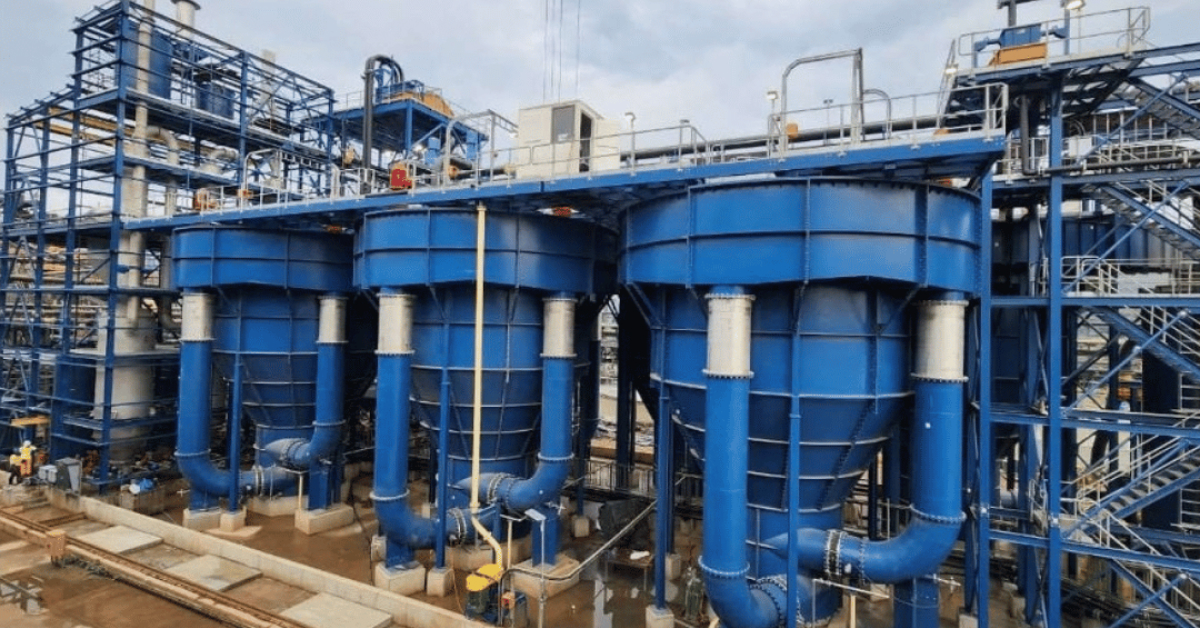The basic purpose of washers when used with cladding are to provide a larger bearing surface when transferring wind forces from the cladding via the fasteners to the supporting structure on pierced-fix cladding systems. Washer are also used to enhance the anchoring power of fasteners used to attach flashings. The size, thickness and shape determine the ultimate performance of a washer. As with fasteners washers need to have corrosion resistant properties or coatings at least equal to those of the cladding. In addition to resisting the design wind loading they have to be sufficiently robust to withstand the mechanical forces of installation.
Traditionally washers were punched from 0.58 or 0.80mm Z275 hot-dipped galvanised carbon steel, aluminium or stainless steel onto which a neoprene rubber sealing gasket was bonded. Currently bonded washers available in the market range from aluminium alloy domes with hard plastic grommets (most hardware outlets) through 0.4mm slightly domed steel with a nominal hot-dipped galvanised coating and wafer thin EVA or so called EPDM gasket (which are easily dished during installation) to quality aluminium and stainless with electro negative EPDM gaskets.
Washers made from too thin a material provide virtually no benefit and have a tendency to dish at the first resistance when being installed resulting in ponding around the head of the fastener and formation of a crevice corrosion cell. Invariably the dish is transferred to the top of the rib of the cladding thereby forming an additional larger pond and possible crevice corrosion cell if the gasket is of dubious quality, Figure-1 & 2.


Such washers can have a ruinous effect on translucent cladding. We recommend the use of saddle washers with translucent materials. A way of avoiding these problems is to use flanged head fasteners where the washer is incorporated as part of the head, Figure-3.

Effective performance of the gasket is dependent on the material used being capable of maintaining its elasticity over a temperature of -10° to 110°C, be UV resistant and impervious to moisture. Additionally it should have hardness of Shore-A 30-90 and have a maximum electrical conductance of 0.5×10-6 ampere. The thickness of the gasket should not be less than 2.0mm. the most suitable material for gaskets is EPDM rubber.
What is overlooked by the majority of suppliers is the mismatch between the corrosion resistance of metallic coatings on the fasteners, washers and cladding which can result in bi-metal corrosion. Another factor that can have a major impact on corrosion is the inclusion of electroactive carbon in the gasket.
It is important to remember that the performance of most types of washers is dependent upon the use of the proper fastener installation equipment and care being exercised by the installer not to under or over tighten fasteners, Figure-3 refers.
Please visit our website www.samcra.co.za for other articles and papers on subjects pertaining to cladding.






